Uncovering the Symbolism in Traditional Indian Paintings
Lotus: The lotus flower is a well-known symbol in Indian
art. It is symbolic of cleanliness, enlightenment, and spiritual awakening. It
is frequently connected with deities and is shown as a place of worship for
gods and goddesses.
Peacock: The peacock represents beauty, grace, and immortality.
In Indian mythology, it is closely associated with Lord Krishna and is
considered a sacred bird. In Indian paintings, peacocks are frequently shown as
symbols of heavenly love and eternal beauty.
Elephant: Elephants are extremely important in Indian culture.
They represent power, wisdom, and good fortune. Elephants are frequently shown
as royal mounts in Indian paintings, indicating power and authority.
Tree of Life: The Tree of Life appears frequently in Indian paintings. It signifies all living beings' interdependence as well as the cycle of life, death, and rebirth. The tree represents fertility, abundance, and spiritual development.
Swastika: The swastika is an old Indian symbol with a good
connotation. It symbolizes good fortune, prosperity, and auspiciousness. In
traditional Indian paintings, the swastika is often used as a decorative
element.
Gods and Goddesses: Hindu mythology's gods and goddesses are commonly depicted in Indian paintings. Each deity has its own iconography and qualities. Lord Shiva, for example, denotes destruction and transformation, but Goddess Lakshmi represents wealth and prosperity.
Colors: Colours are very important in traditional Indian art. Different colors have different symbolic connotations. Blue, for example, is associated with spirituality and represents Lord Krishna, whilst red denotes passion and fertility.
Mandalas: Mandalas are geometric patterns that are used in
Indian paintings to depict the universe and spiritual harmony. They are
frequently symmetrical and intricate, signifying balance and unity.
Yantras: Yantras are mystical designs that are employed in
Hinduism for meditation and worship. They are made up of geometric shapes and
symbols that represent different deities and cosmic energy.
Temples and Palaces: Architectural aspects such as temples and palaces are frequently shown in Indian paintings. They represent spirituality, grandeur, and the presence of the divine.
It is crucial to remember that the meaning of traditional Indian paintings varies depending on the region and art style. As a result, the understanding of symbols may differ depending on the situation and cultural background.
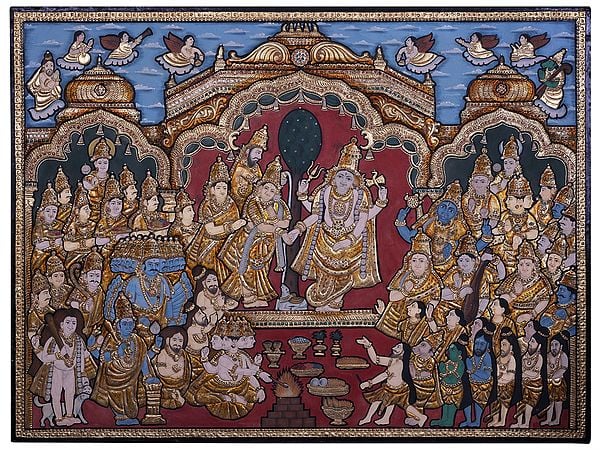
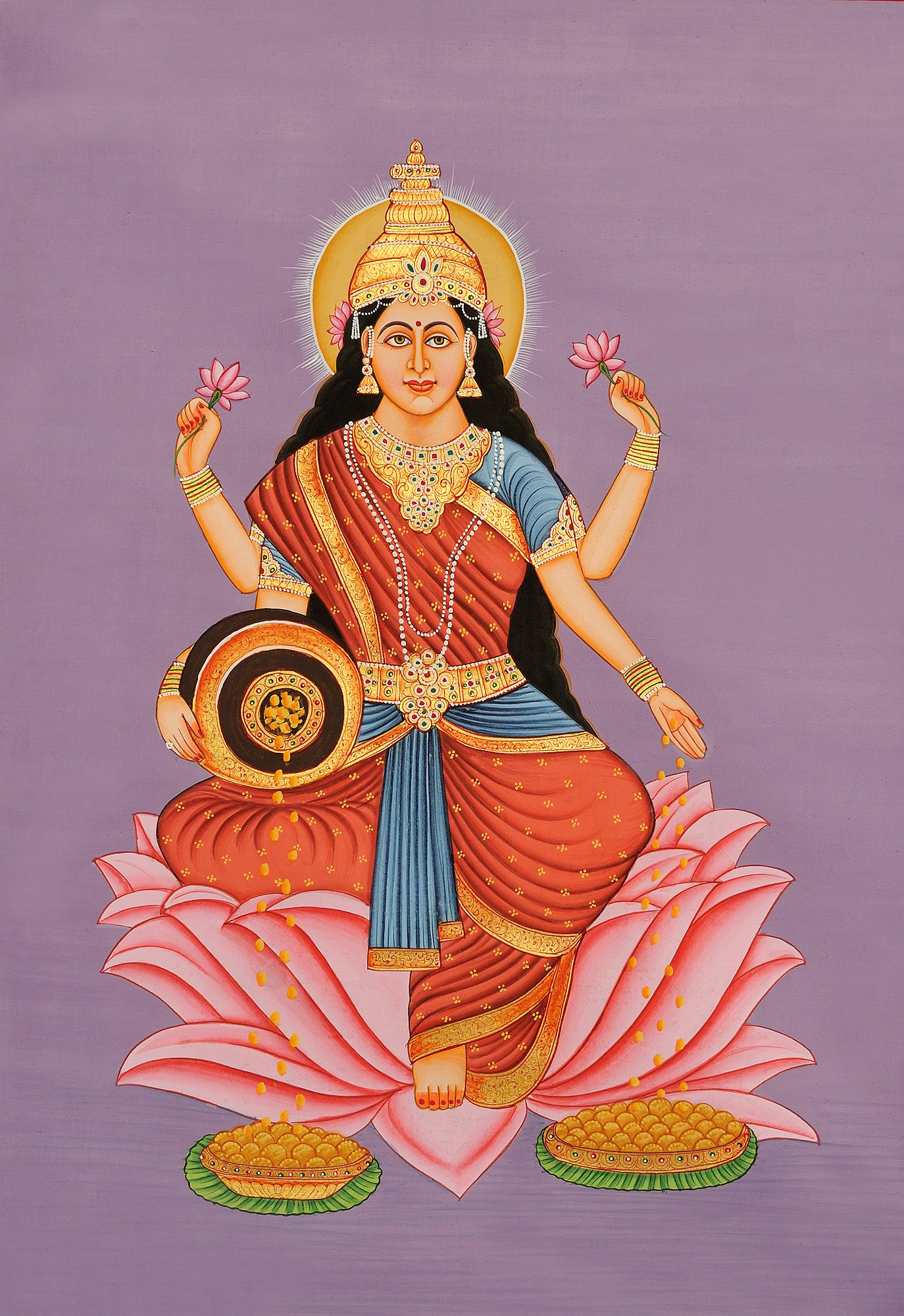
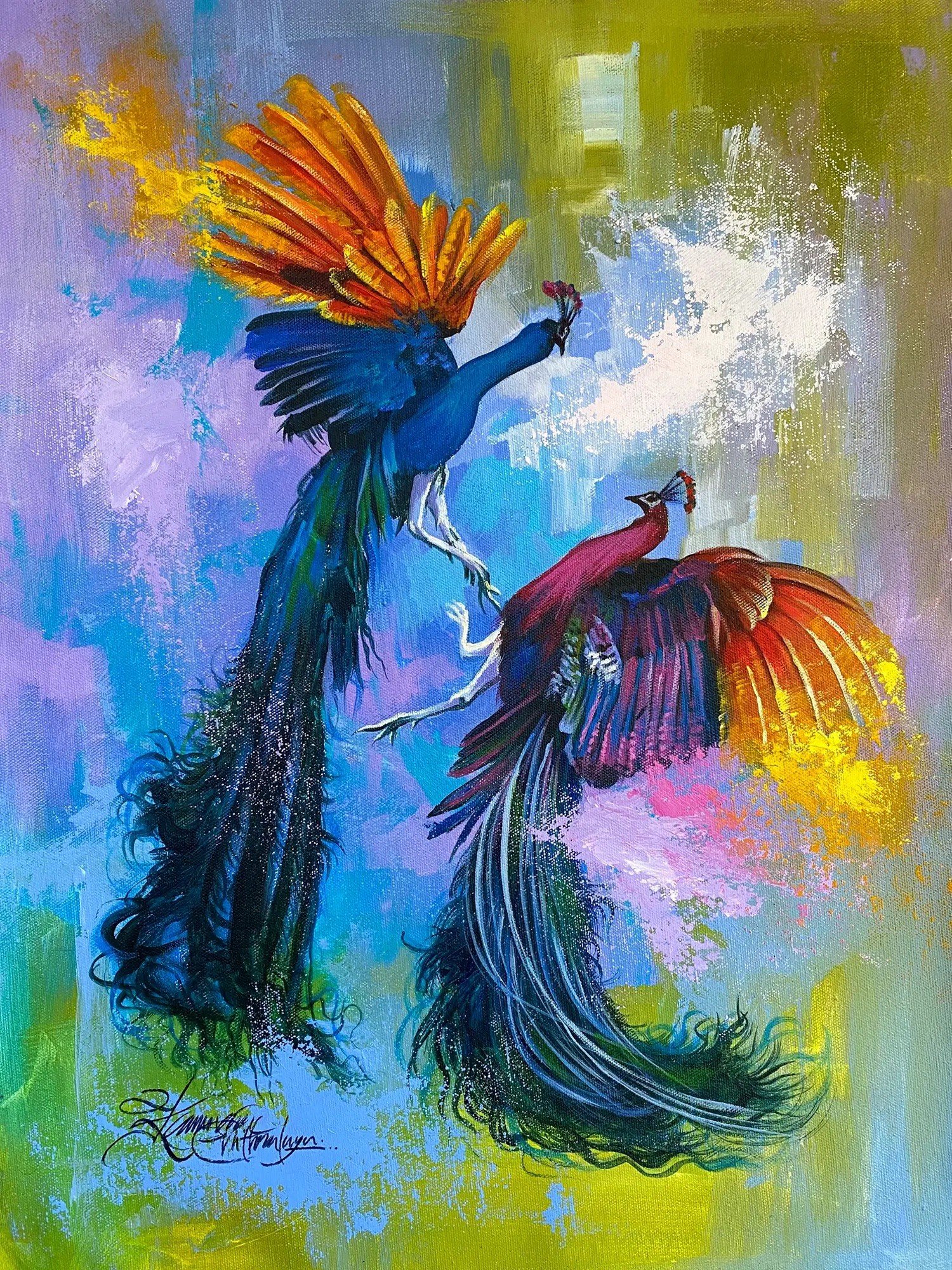

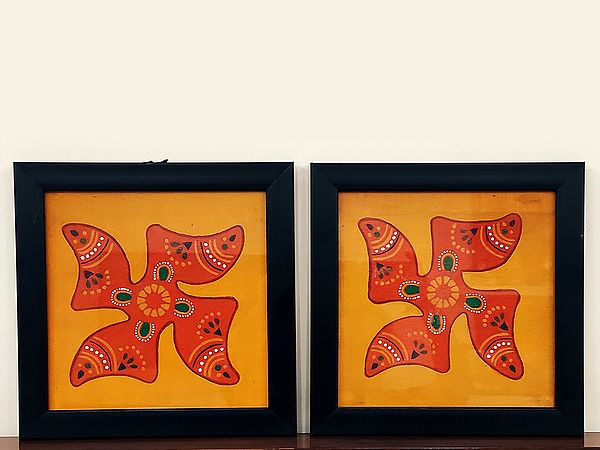
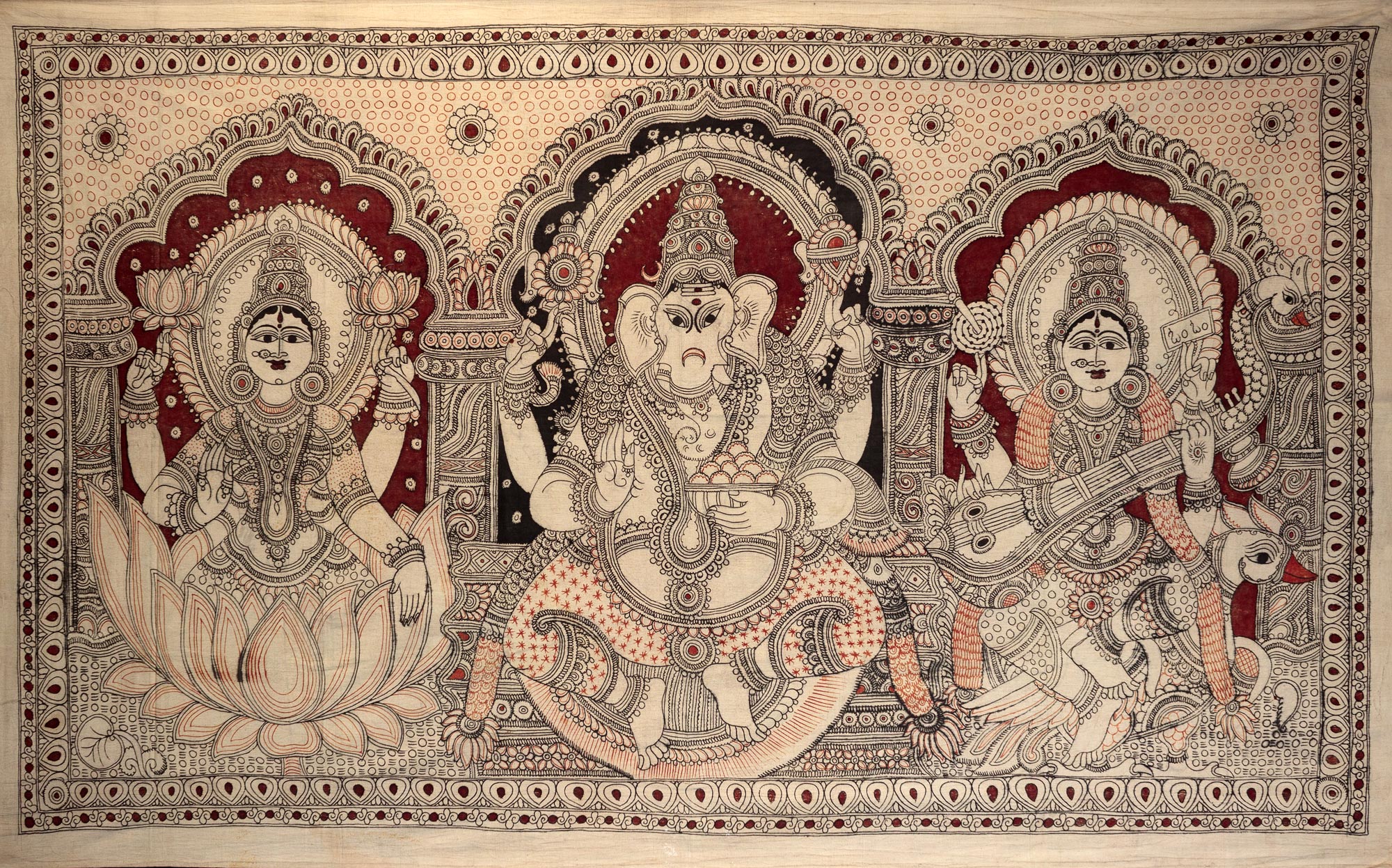
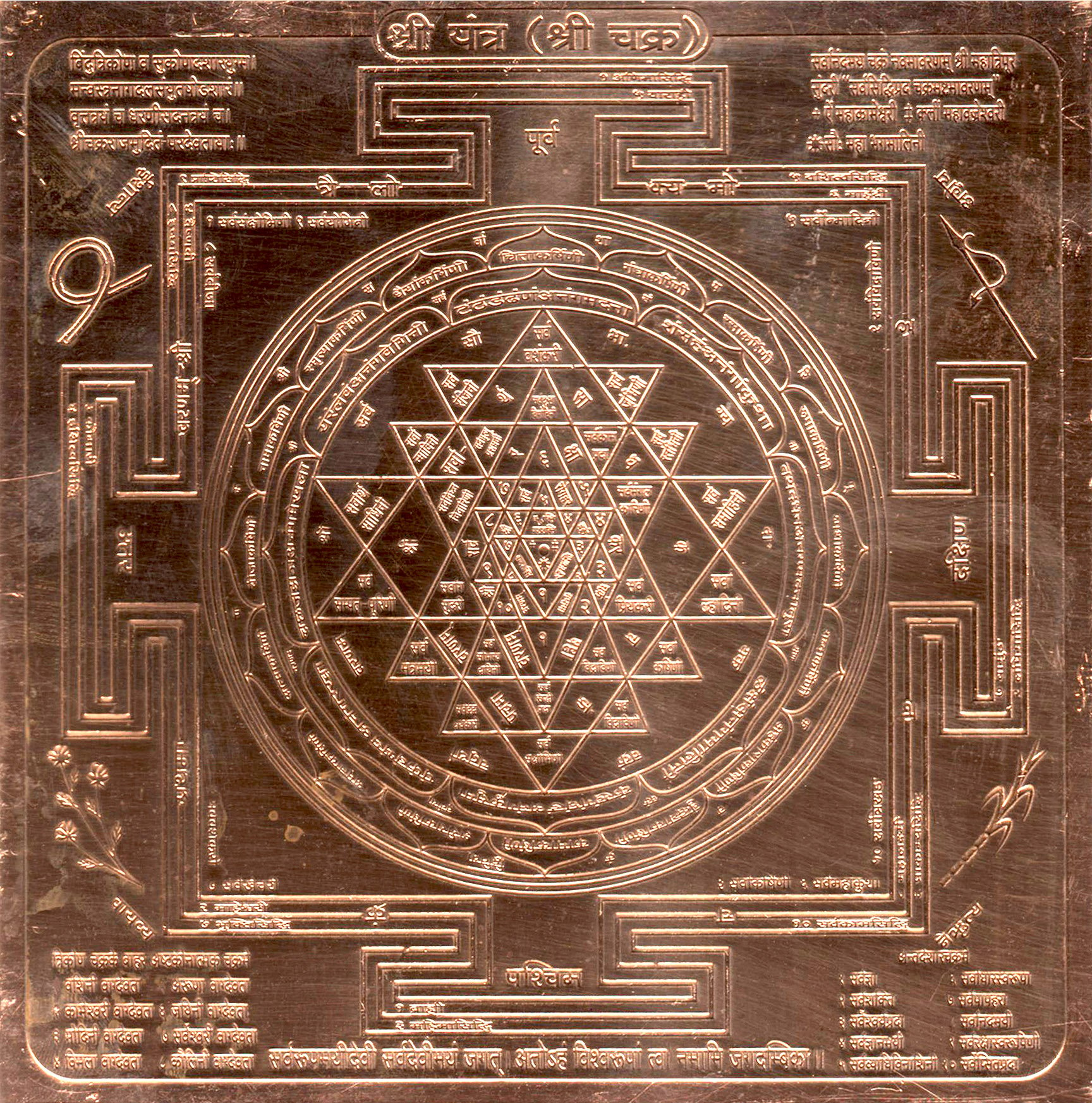



Comments
Post a Comment